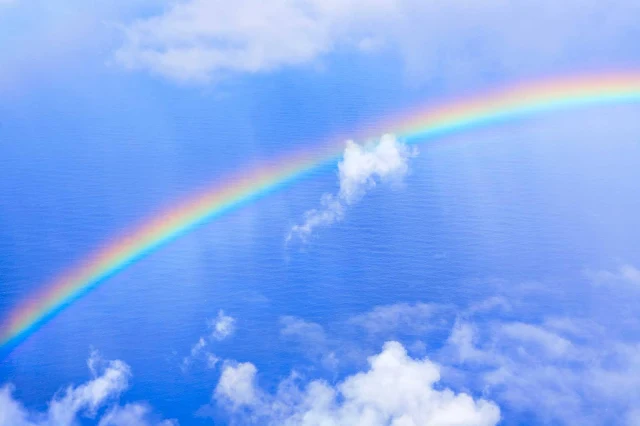Wildlife Parks and Zoos are so much more accommodating for the animals today.
Instead of living "behind bars", these animals are now living in environments very similar to their natural habitats. These 'Places' are now used to protect and increase the numbers of these animals, as well as for us being able to'visit' these unique creatures and 'learn' how we can live in harmony with them on this Earth.
London Zoo is the world's oldest scientific zoo. It first opened on 27th April, 1828, and was originally intended to be used as a collection for scientific study. In 1831/1832, the animals of the Tower of London menagerie were moved to London Zoo, which was opened to the public in 1847. This zoo has a collection of animals which include: giraffes / lemurs / zebras / otters / pygmy hippos / meerkats / okapis and warthogs. This zoo had the first world's public aquarium which was built in 1853. London Zoo is one of the best 'ethical' zoos in the UK. It offers one of the best conservation experiences as the habitats are huge and kept as close as possible to the animals natural habitats.
The New Forest Wildlife Park was opened to the public in 1998 and is located on the edge of the New Forest. This Park specializes in native and past-native wildlife of Britain, which includes: otters / owls / red deer / bison and wolves. It is an enjoyable day with keeper talks, feeding times, animal encounters and special events. This Park is recognized as the UK's leading institution in the rescue and rehabilitation of sick, injured and orphaned wild otters, owls, deer and foxes. It is involved in several conservation projects, including breeding for endangered species.
The Blue Planet Aquarium has a fascinating underwater ecosystem which hosts more than 100 live exhibits and one of the biggest collections of sharks in Europe. This Aquarium is a collection of marine and freshwater life. It is located in Cheshire, England. It's stated aim is to "enlighten, increase knowledge and raise interest in the marine environment using an inter-active, entertaining and sustainable approach." This opened to the public in July 1998. It keeps a variety of mammals, reptiles and amphibians.
These are just 3 of over 10,000 zoos worldwide which care for around one million vertebrate animals. The WAZA (World Association of Zoos and Aquariums) was set up in 1935 to provide leadership and support for zoos and aquariums, and takes the lead in animals welfare, care, the conservation of biodiversity, environmental education and global sustainability. Thanks to these Parks, Zoos and Aquariums, many creatures were brought back from almost extinction and their numbers have increased.
Hopefully mankind is learning to live in harmony with and help the creatures we share our home with.









